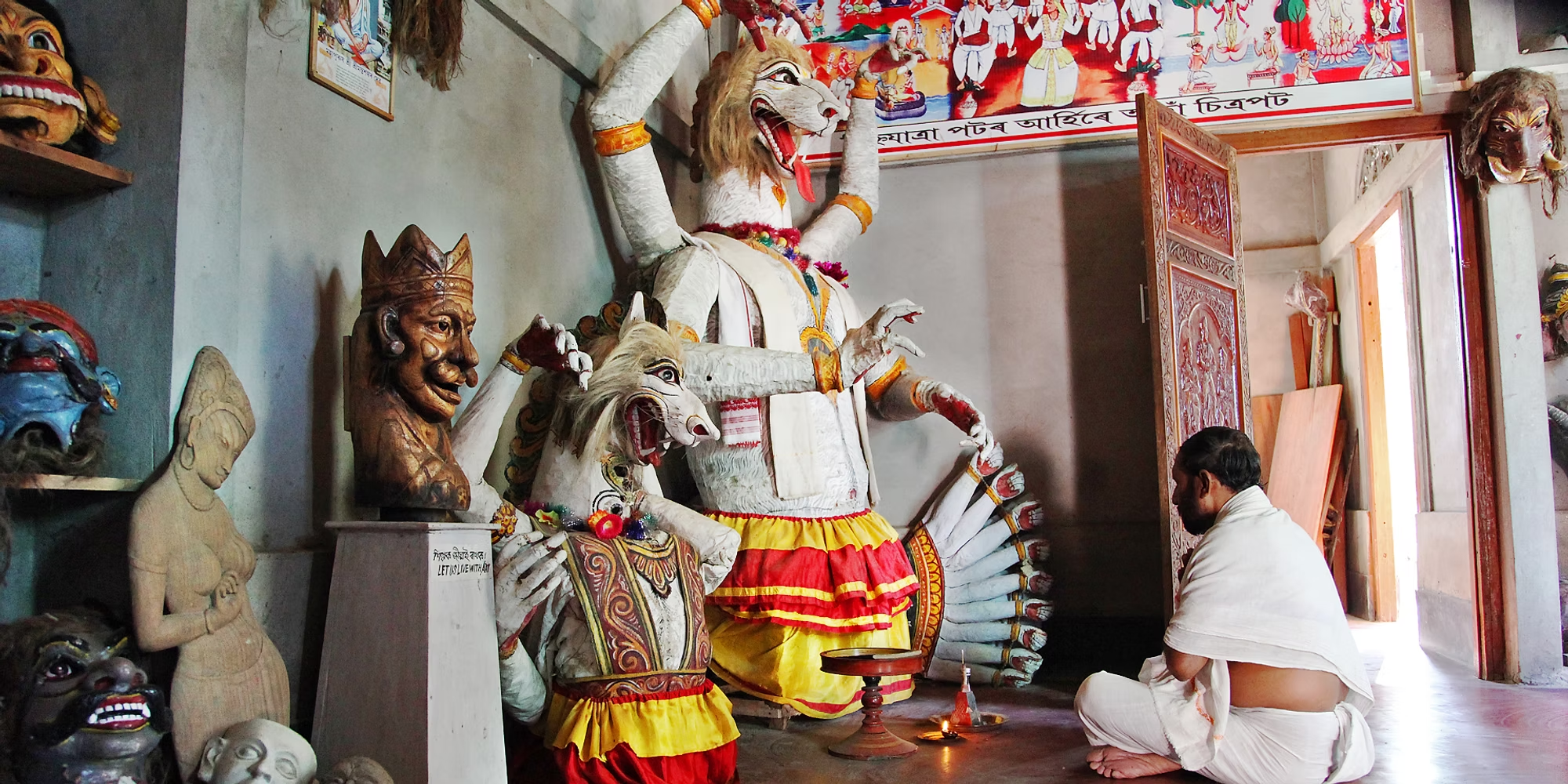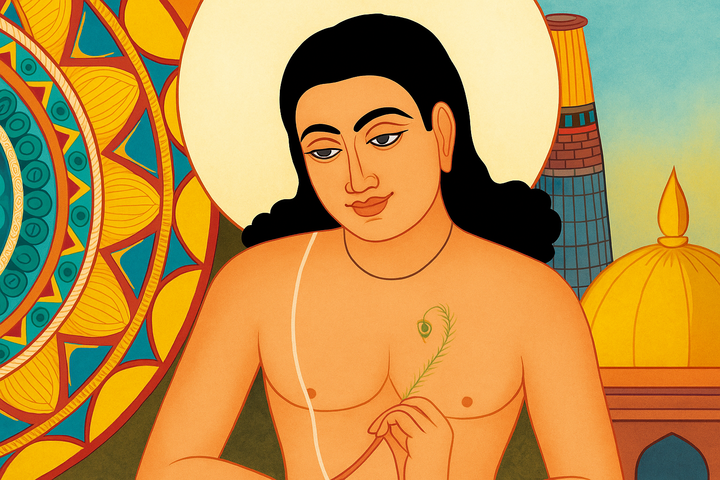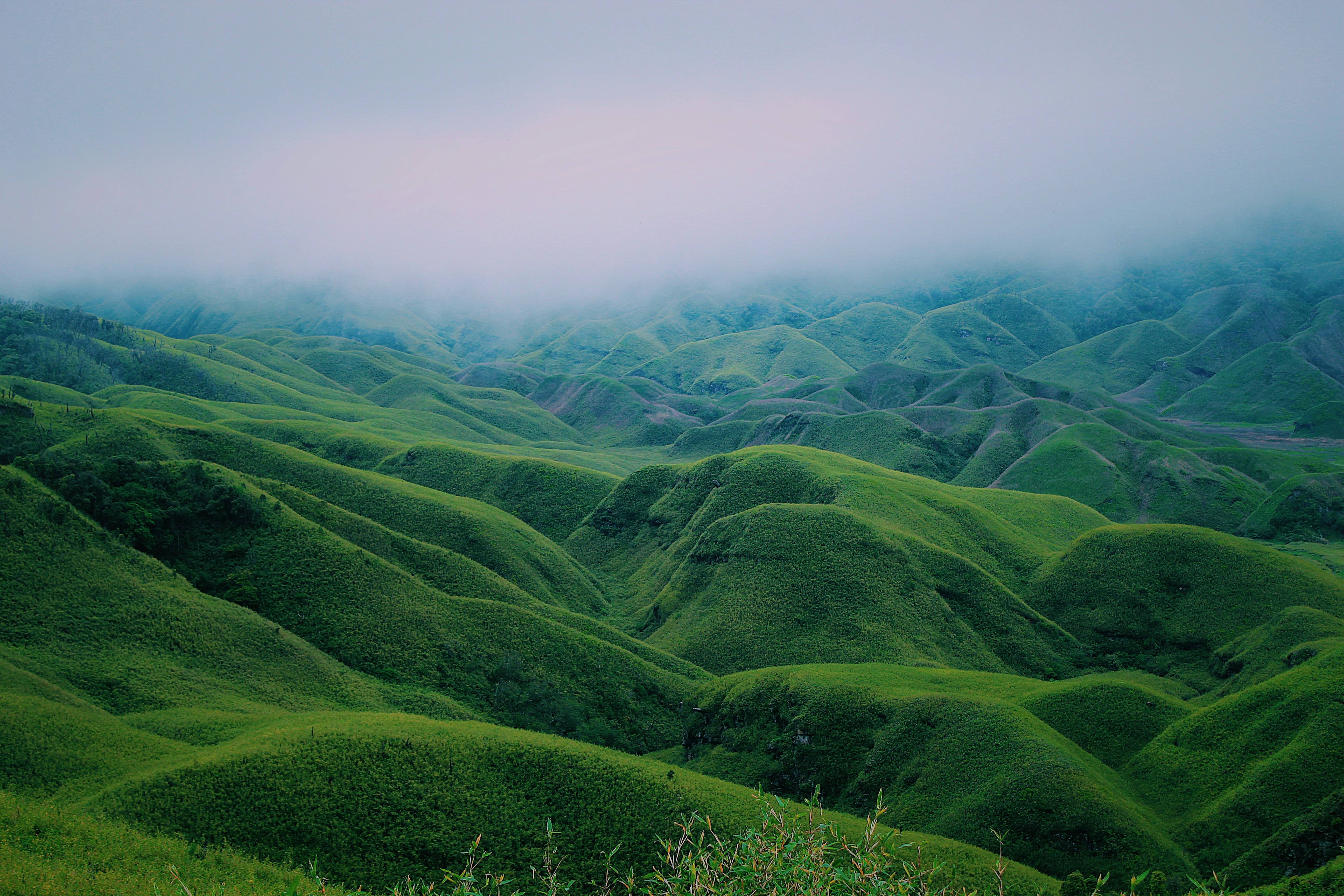Exploring The Rich Historical Culture of Majuli
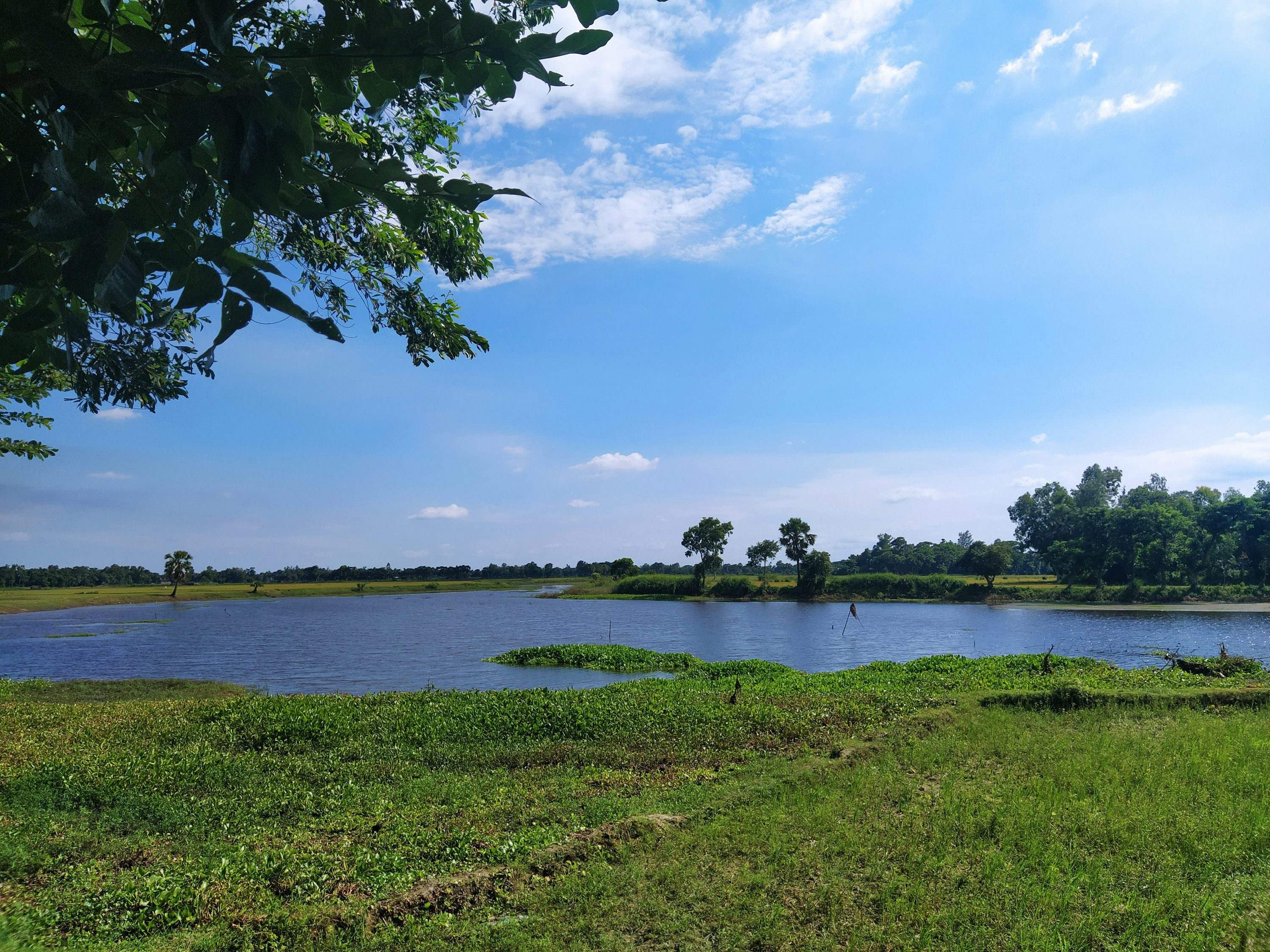
The Guinness Book of World Records declared Majuli Island as the world’s largest river island in the year 2016. This river island which is located in the middle of the Brahmaputra River, is made up of a combination of small wetlands called Beels, wherein these wetlands are surrounded by stagnant waters.
Majuli is home to the tribal groups, which include Mishing, Deori and Sonowal Kachari and non-tribal communities such as Ahom, Koch, Nath, among others, who live there. These Beels are significant to the people who derive their food resources as well as their source of income.
In fact, according to one legend, the Beels are considered by the people to be wetlands of devotion. This is because it is believed that if a person prays to the Water God of the Bheel that is located near their village, their prayers would be answered.
Origins
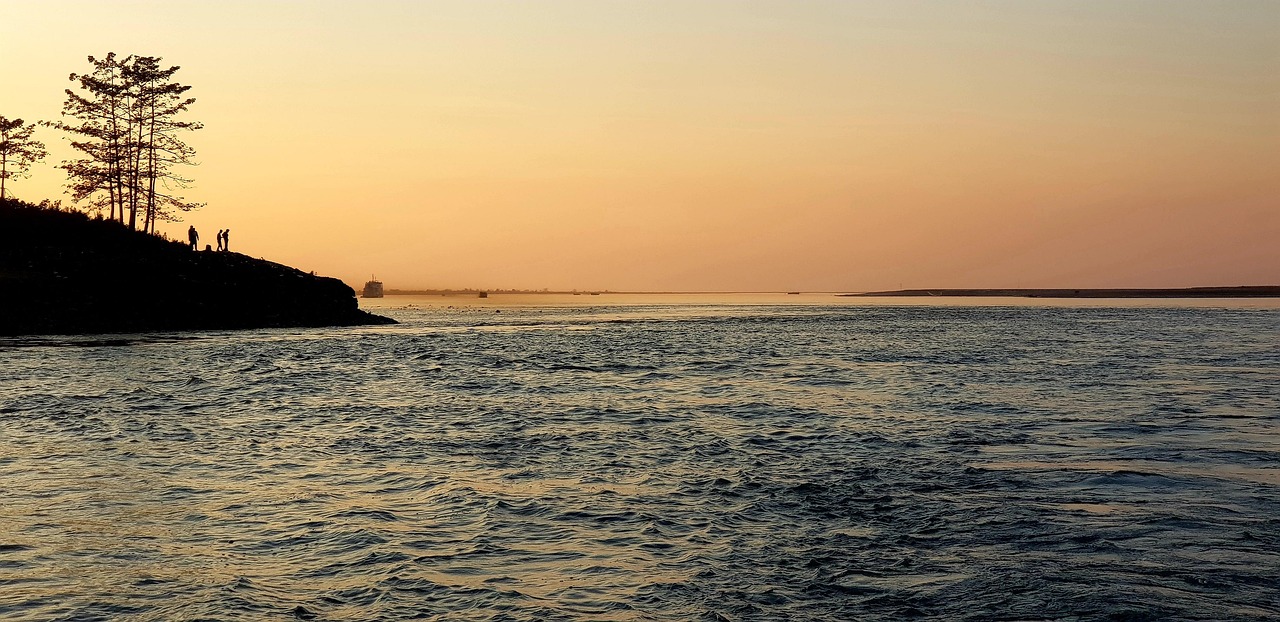 The Brahmaputra River, which is a vital resource for the North East region of India, along with its tributaries of Dihing and Dikhow that flow through the state of Assam, deposited its sediments, which then formed the river island of Majuli. You can trace this river island formation back to the period between 1200 – 1300.
The Brahmaputra River, which is a vital resource for the North East region of India, along with its tributaries of Dihing and Dikhow that flow through the state of Assam, deposited its sediments, which then formed the river island of Majuli. You can trace this river island formation back to the period between 1200 – 1300.
This island is separated from Assam by a distance of 2.5 kilometers and can be accessed via the ferry service from the Nimati Ghat in Jorhat district in Assam. Majuli was previously known as Majali or Mojali, and one of the early historical origins of Majuli goes like this. Among the prominent historical dynasties of Assam are the Ahom dynasty, which was founded by Chaolung Sukaphaa. He was from Mong Mao kingdom, which is currently located near the Burmese border.
It is said that he led his people over the Patkai Mountain range and arrived at the Brahmaputra valley that merges with the tributary of Dikhow, where he came upon a low-lying flood-affected area that could have been Majuli’s earliest lands.
Since then, Majuli has undergone political and physical transformations. The earthquakes that have occurred within this region have also changed the landscape significantly.
Architecture
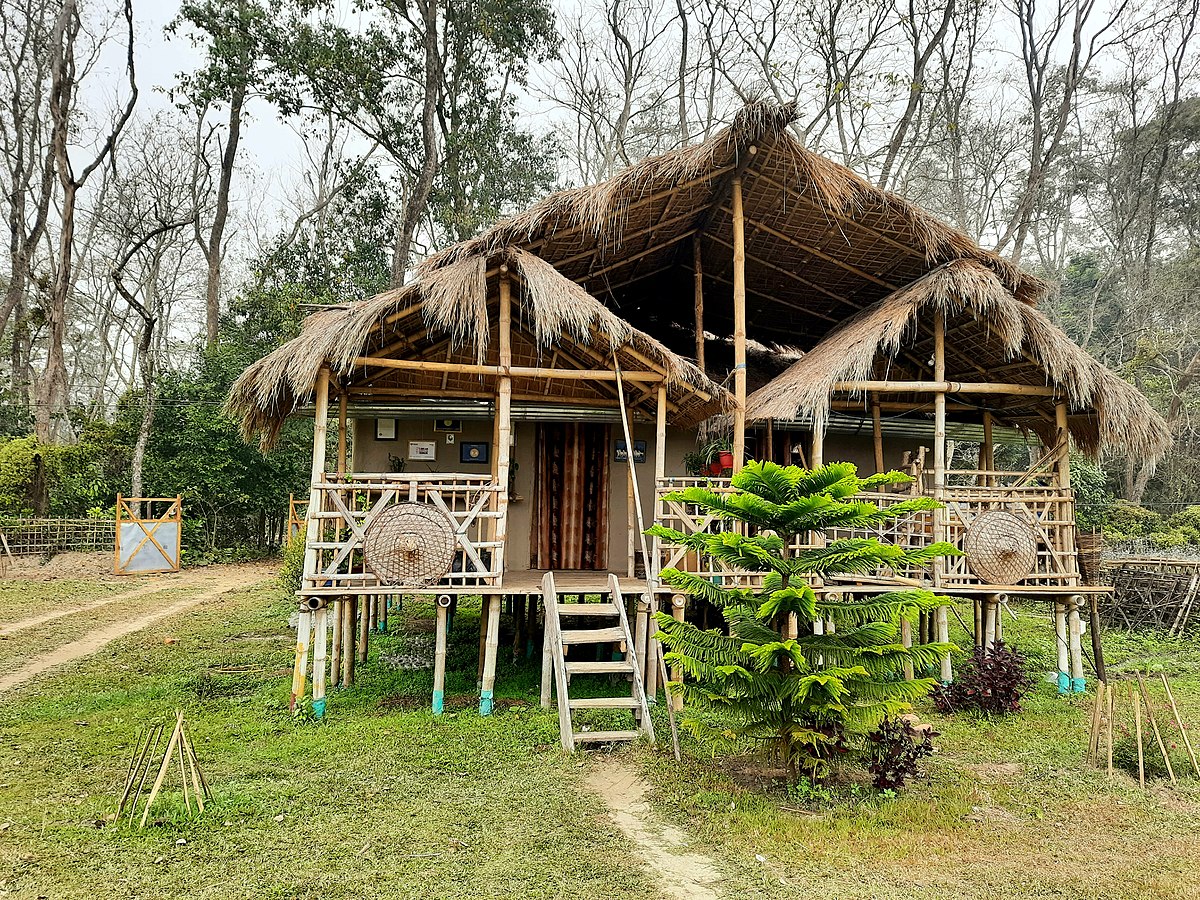 Once people discovered the benefits of Majuli’s fertile soil, they started to settle on this river island that was favourable for growing paddy, pulses, sugarcane, among other beneficial crops. Which brings the question, how do these individuals live on an island that is mostly surrounded by river waters? The answer lies with Majuli’s bamboo houses and these structures could be an interesting experience for many who otherwise live in cemented homes.
Once people discovered the benefits of Majuli’s fertile soil, they started to settle on this river island that was favourable for growing paddy, pulses, sugarcane, among other beneficial crops. Which brings the question, how do these individuals live on an island that is mostly surrounded by river waters? The answer lies with Majuli’s bamboo houses and these structures could be an interesting experience for many who otherwise live in cemented homes.
Due to the floods and erosion that occur here, these houses are built to withstand these natural disturbances, which include being constructed on poles made from bamboo that are at least 7 to 8 feet high. If you plan to visit Majuli and are curious to live in these bamboo dwellings, then there are several Bamboo cottages to choose from within Majuli on your next visit here.
Mising Tribe
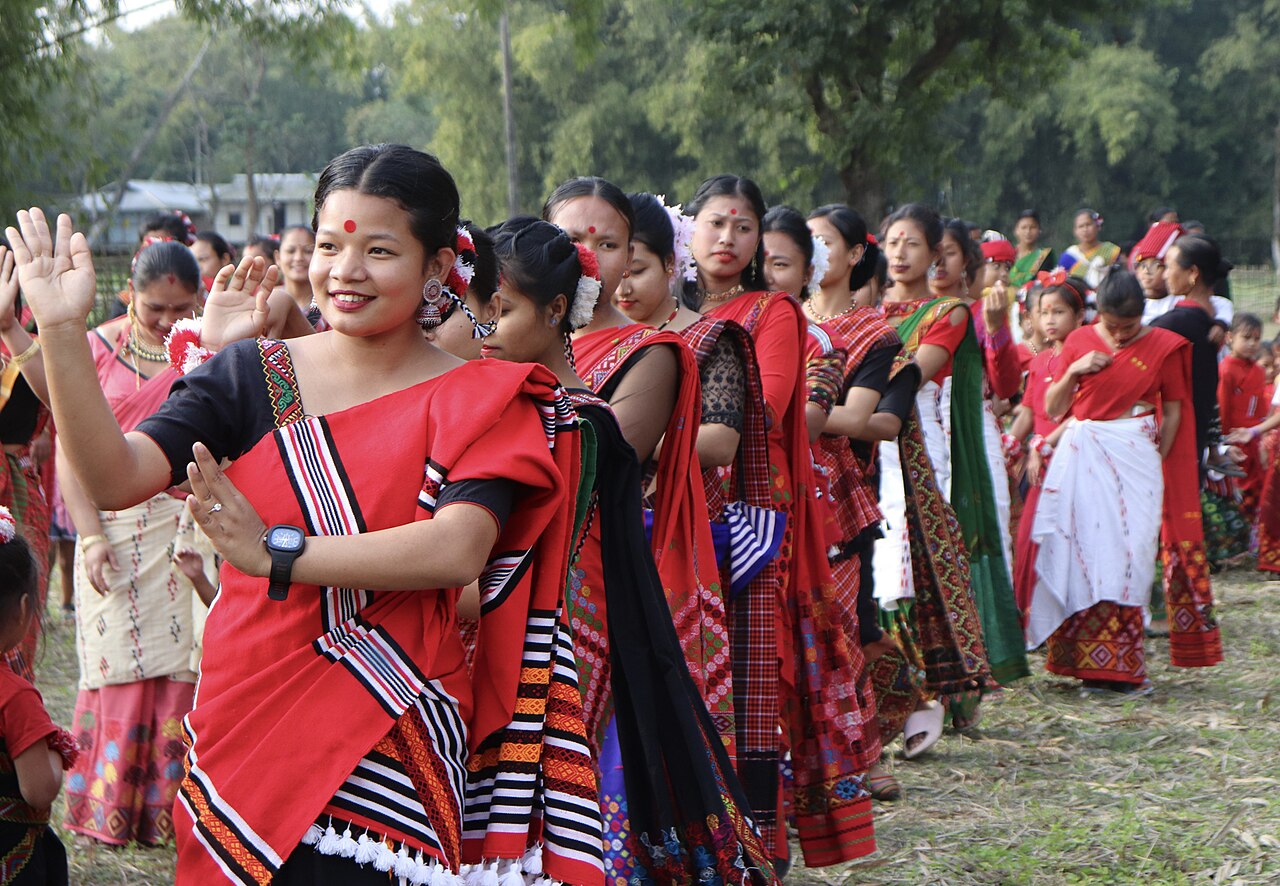 The Mising Tribe is the second largest indigenous tribe, after the Bodo Tribe within Assam. As history shows, they share a common ancestry with other Tibeto-Burmese ethnic groups and travelled to India sometime between the 13th and the 14th century. They settled along the river banks of the Brahmaputra, and are today part of India’s distinct and culturally rich tribal community.
The Mising Tribe is the second largest indigenous tribe, after the Bodo Tribe within Assam. As history shows, they share a common ancestry with other Tibeto-Burmese ethnic groups and travelled to India sometime between the 13th and the 14th century. They settled along the river banks of the Brahmaputra, and are today part of India’s distinct and culturally rich tribal community.
As a result of living on a river island, their livelihoods are dependent on fishing and agriculture. They are also known for their practice of wet paddy cultivation that helps with the growing of black and white rice grains.
With these rice grains, they make their well-known traditional alcoholic beverage. White beer made from white rice grains has nutritional properties that help with increasing energy levels of the body, while Black beer made from black rice grains is medicinal and it helps with improving one’s digestion.
It is known as Apong in Assamese language, and it is culturally important because this drink is brewed at home and is prepared for gatherings and festivals. Besides this, the process of making this tribe’s specialty is carried forward from one generation to the next.
In addition to this, the Mising tribe is also known for Namsing, which is dry and grounded fish that is cooked on a bamboo leaf. They also prepare a number of curry delicacies and of these Yeʹkkad Oying and Abor Adin Oying, made out of pork meat or chicken meat in the case of the latter, that you could consider trying out if you like to explore different types of cuisines.
Neo-Vaishnavism
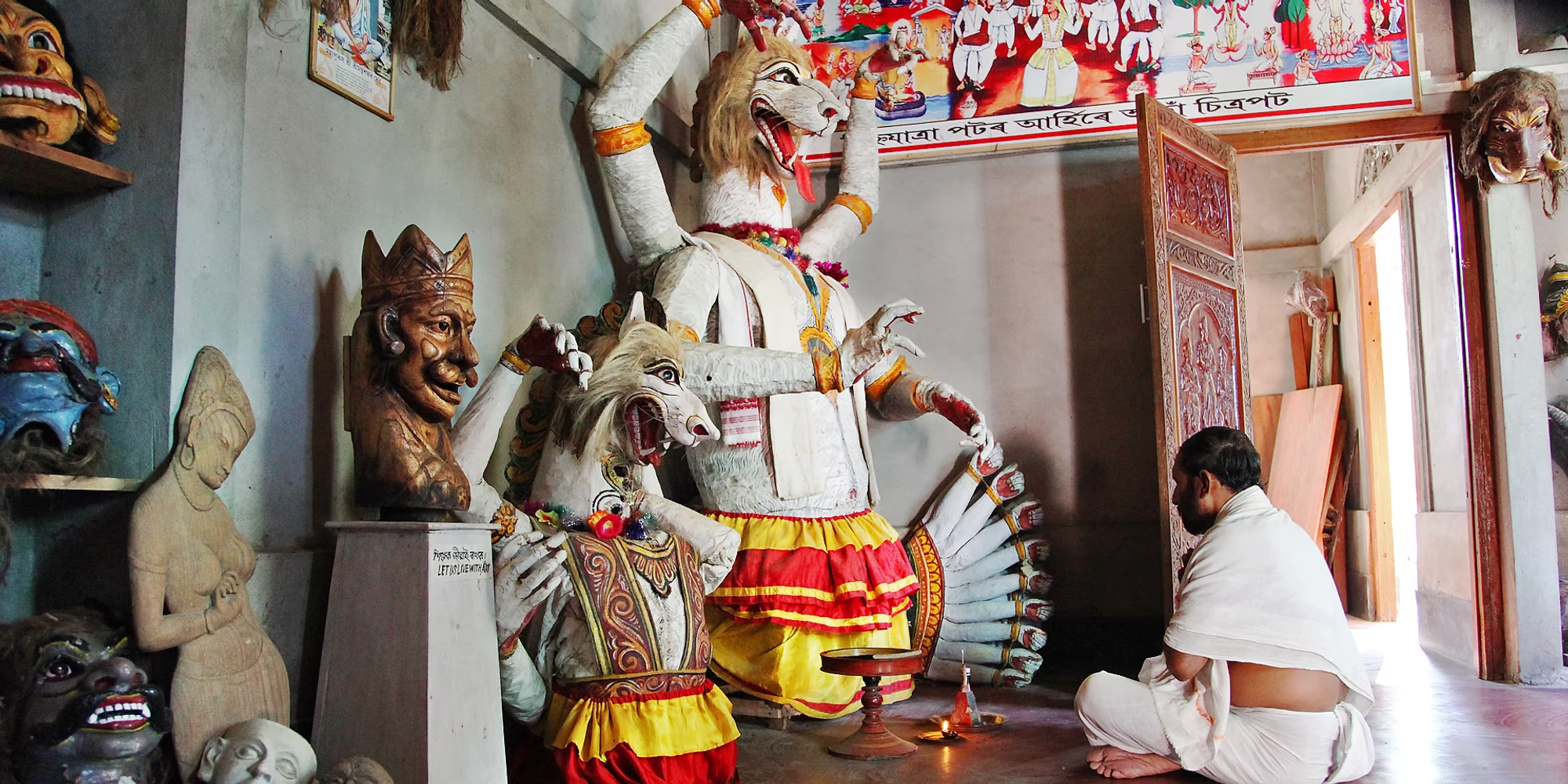 The architecture in Majuli reflects its cultural traditions that are practised by the people. This is the reason why you will find many Satras on this river island. These are monasteries devoted to Neo-Vaishnavism that is especially practised within Assam since it emerged here in the sixteenth century. It was led by Srimanta Sankaradeva, who was an Assamese saint-scholar and Assamese polymath.
The architecture in Majuli reflects its cultural traditions that are practised by the people. This is the reason why you will find many Satras on this river island. These are monasteries devoted to Neo-Vaishnavism that is especially practised within Assam since it emerged here in the sixteenth century. It was led by Srimanta Sankaradeva, who was an Assamese saint-scholar and Assamese polymath.
That is why the education of the children, who begin their holy journey at the age of five and who wish to spend their lives in devotion, is found deeply learn about the mind, body, and the soul within these Satras. In addition to Holy devotion, these Satras are also the hub for art, music, dance performances, as well as Bhaona theatre. This one-act play primarily portrays the life of Krishna from the Hindu tradition. In fact, Cihna Yatra was the first play by Sankaradeva, wherein he brought in the concept of presenting expressions of mythological characters by creating Mukha or masks.
Samaguri Satra in Majuli is famous for its art of making masks, as it was set up in the year 1633 by Sankaradeva’s grandson, Sri Chakrapani Ata. The process involves layering clay, cotton, cow excreta and kerosene a few times onto the bamboo base, which is then painted with locally-sourced colour dyes. Currently, there are 22 Satras in Majuli which includes Kamalabari Satra, Auniati Satra, and Garamur Satra. These are among the well-known monasteries and are divided into two categories. Udasin Satras consist of devotees and Satra heads (or Satradhikars) who remain celibate throughout their lives, while those in Grihasti can choose to get married and have a family of their own.
These Satras celebrate significant rituals such as Krishna Janmashtami as well as the death anniversaries of Vaishnava Gurus, as well as previous Satradhikars.
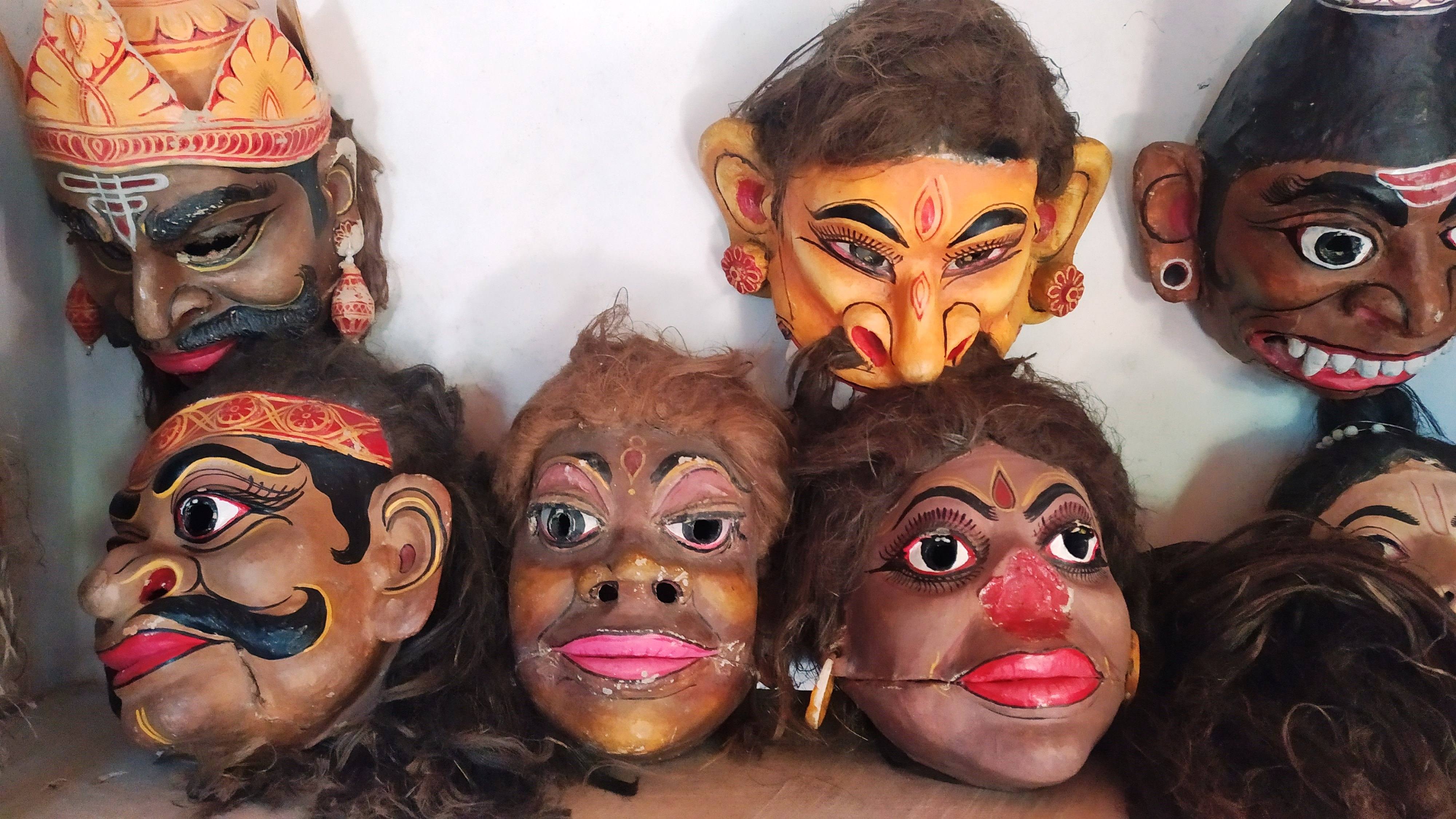 Going beyond its largest river island status in the world, Majuli is a sphere of rich heritage and culture that shows the movement of time through its people and their relationship with nature.
Going beyond its largest river island status in the world, Majuli is a sphere of rich heritage and culture that shows the movement of time through its people and their relationship with nature.
While the river island is said to be gradually disappearing, conservation efforts are being made. This includes bamboo and geo-textile fencing, tree plantation drives and practicing sustainable tourism by the government and non-governmental organisations. These efforts help to reduce the impact of erosion and should hopefully help to preserve the beauty of this river island.
Majuli offers a culturally rich and tranquil experience, where every moment spent here brings you closer to nature.
Begin your immersive journey here.

